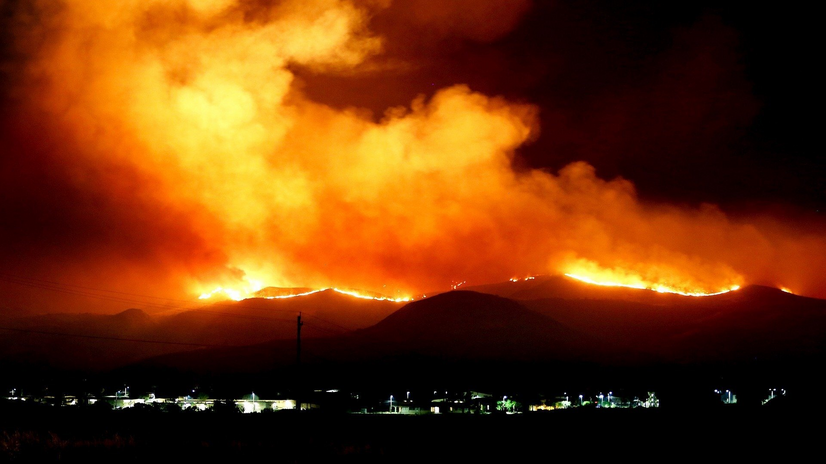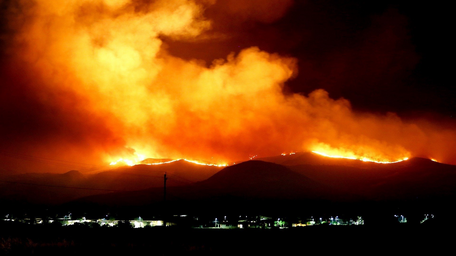Every year, as winter approaches, a familiar sight returns on the streets of North India – vast plumes of smoke start rising from fields. The Air Quality Index shoots up and it gets hard to breathe. And the culprit, looming behind this age-old predicament? stubble (Parali) burning. Stubble Burning is a method of burning the residue remains of paddy crops from the field to make the land ready for the next cycle of cultivation. This, being a highly problematic practice, becomes one of the major causes of air pollution. Practiced by farmers in North India from the last week of September to November, it severely deteriorates the air quality. It becomes a crisis, a monster that hovers over our heads. At this time of the year, regions of Delhi-National Capital Region (NCR), Uttar Pradesh (U.P), Punjab, Haryana, and their surrounding areas start severely trembling in the face of the horrors. The smoke engulfs the region like a blanket.
The deadening effects of the practice manifest in relentless ways that we might or might not understand at the moment, but it slowly entangles us into its clutches. Stubble burning hurls into the atmosphere toxic pollutants, including particulate matter (PM2.5 and PM10) and greenhouse gases like carbon dioxide (CO2), carbon monoxide (CO), and methane. A study undertaken by the Indian Agricultural Research Institute (IARI) estimates that crop residue burning released 149.24 million tonnes of carbon dioxide (CO2), over 9 million tonnes of carbon monoxide (CO), 0.25 million tonnes of oxides of sulfur (SOX), 1.28 million tonnes of particulate matter and 0.07 million tonnes of black carbon. The dense smog heavily contributes to deadly respiratory issues, like asthma, bronchitis, chronic obstructive pulmonary disease (COPD), lung capacity loss, emphysema, cancer, etc. The impact of the crisis extends beyond health issues; it hampers the economy as well. Schools shut down, outdoor activities are restricted, and businesses suffer – the relentless assault on daily lives takes a toll on everyone.
While the masses quail on the choking fumes, it must be understood that it’s not impossible to fight this war of attrition. To combat the predicament of stubble burning, various solutions can be implemented. Some of the suggestions I would like to make for the same are as follows –
- Due to a lack of awareness amongst certain sections of farmers, they are often not aware of the consequences of this practice. The foremost strategy to tackle the crisis could be by sensitizing farmers about the gruesome consequences of the burning practice they are indulging in.
- What lures the farmers towards the grave practice of stubble burning is the fact that it is cheap and a quick way to prepare soil bed for the next crop. With limited resources to invest in alternative methods, it stands as the only option left with them. Therefore, providing financial incentives and technical support to transition to the alternatives can prove to be a beacon of hope amidst the darkness that surrounds us right now.
- Finally, stringent regulations and punitive measures must be imposed to deter the horrors of stubble burning. However, this must be matched with proper support for farmers in the form of feasible and sustainable alternatives that benefit everyone.
While stubble burning is a significant contributor to pollution, other factors such as industrial effluents and vehicle emissions also play a major role in this problem. Therefore, it’s imperative for us to holistically understand the situation and implement measures that address all these sources of air pollution. As the youth of India, we stand at the crossroads of the future with our eyes fixed on a lurking sky, dark with smoke and helplessness. In this looming darkness, we must find our voices, a call for change, a hope towards a smoke-free tomorrow.


